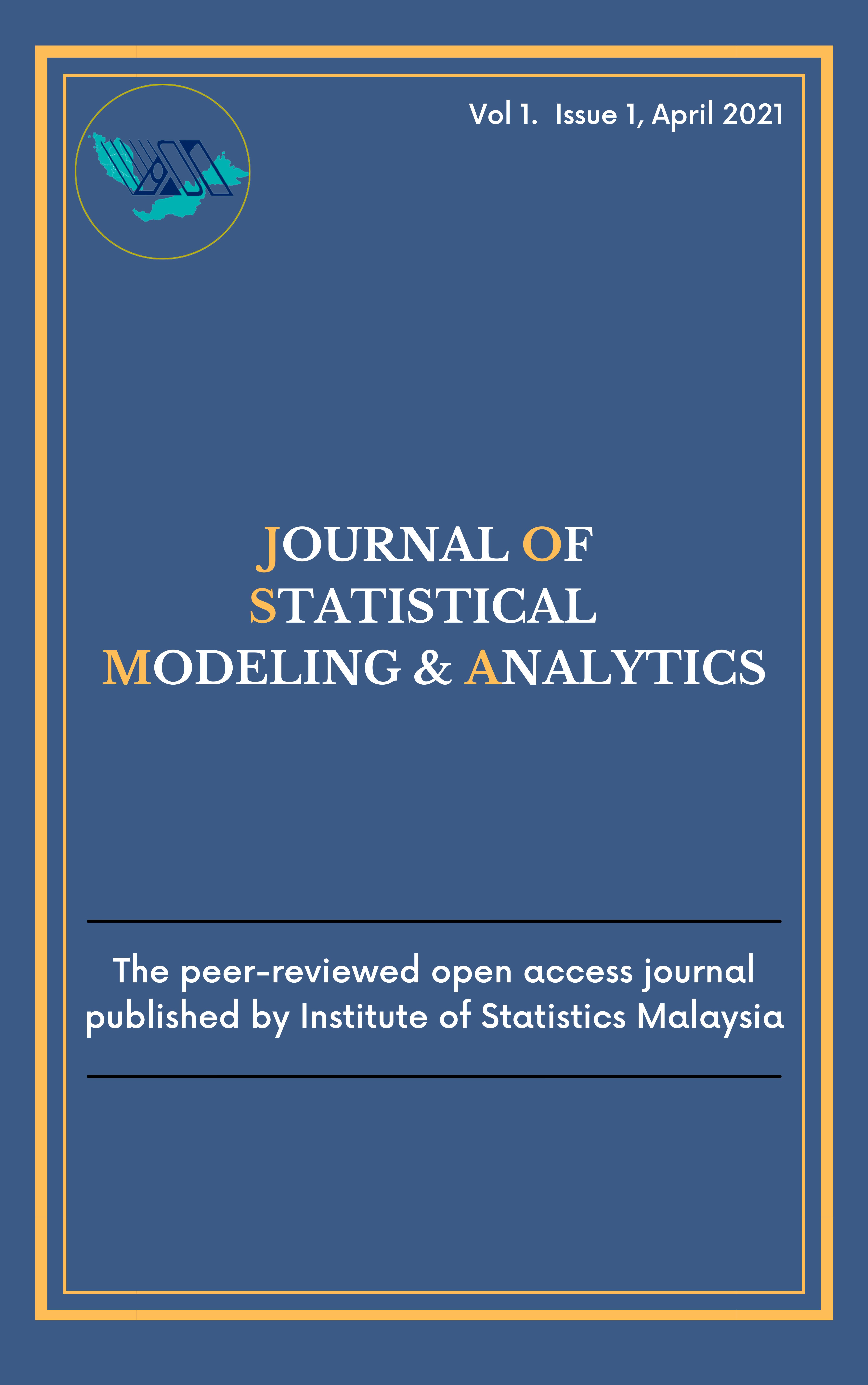Best Fitted Distribution For Meteorological Data In Kuala Krai
Main Article Content
Abstract
Modeling meteorological variables is a vital aspect of climate change studies. Awareness of the frequency and magnitude of climate change is a critical concern for mitigating the risks associated with climate change. Probability distribution models are valuable tools for a frequency study of climate variables since it measures how the probability distribution able to fit well in the data series. Monthly meteorological data including average temperature, wind speed, and rainfall were analyzed in order to determine the most suited probability distribution model for Kuala Krai district. The probability distributions that were used in the analysis were Beta, Burr, Gamma, Lognormal, and Weibull distributions. To estimate the parameters for each distribution, the maximum likelihood estimate (MLE) was employed. Goodness-of-fit tests such as the Kolmogorov-Smirnov, and Anderson-Darling tests were conducted to assess the best suited model, and the test's reliability. Results from statistical studies indicate that Burr distributions better characterize the meteorological data of our research. The graph of probability density function, cumulative distribution function as well as Q-Q plot are presented.
